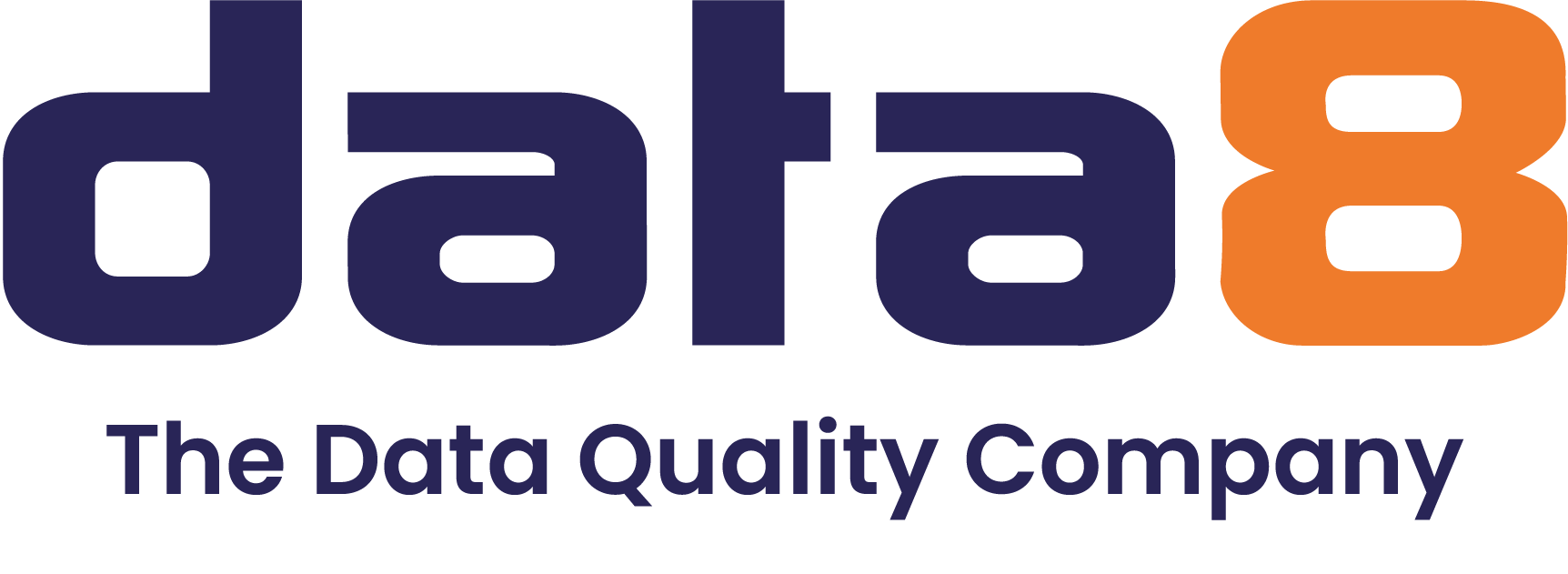Home » Data Sources » The Bereavement Register
The Bereavement Register (TBR)
The Bereavement Register (TBR) is an essential suppression file designed to help companies keep their contact lists accurate and up to date by identifying and suppressing records of deceased individuals from there databases, ensuring respectful and compliant communication. As of April 2025, the file contains over 9 million records of deceased individuals. By using this file companies can ensure they respectful and accurate information for their contacts, preventing the distress caused by sending communications to the deceased and family of the deceased.
The use of The Bereavement Register is not legally mandatory, but utilising this file is highly recommended and considered best practice for businesses that engage in direct marketing to use such services to maintain data accuracy and ensure they maintain respectful and accurate information for their contacts, preventing the distress caused by sending communications to the deceased and family of the deceased.
Introduction
What it is:
The Bereavement Register (TBR) is a data suppression file that enables a company to identify and suppress records of deceased individuals from their databases. This service ensures that communications are not mistakenly sent to deceased individuals or their families, maintaining respectful and accurate contact lists, thus reducing the likelihood of causing distress by contacting the deceased.
The specific data available within The Bereavement Register file typically includes:
Full Name: The complete name of the deceased individual.
Address: Detailed address information, which includes:
- House number and street name
- Locality
- Town/City
- Postcode
Date of Death: The exact date when the individual passed away.
Source of Information: Indicates where the information about the death was obtained.
Date of Record: The date when the record was added to The Bereavement Register database.
Gender: The gender of the deceased individual.
Legal Compliance
Relevant Regulations:
Utilising TBR ensures companies comply with regulations such as the General Data Protection Regulation (GDPR). Under the General Data Protection Regulation (GDPR), it is important for businesses to ensure that the personal data they hold for their customers is accurate and relevant.
Compliance Benefits:
By utilising TBR, companies can avoid potential fines and legal issues associated to holding outdated or inaccurate data, while respecting the privacy and dignity of deceased individuals and their families.
Benefits for Businesses
Operational Benefits:
TBR improves data accuracy by identifying and suppressing records of deceased individuals, minimising the risk of causing distress to families with unwanted communications.
Reputational Benefits:
Maintaining respectful and accurate contact lists ensures that communications are not sent to deceased individuals, preserving a company’s professional image and customer relationships.
Financial Benefits:
By removing the costs associated with undelivered mail and improving the effectiveness of marketing and communication campaigns, companies can achieve a higher ROI and reduce operational costs.
Data Collection
Sources of Information:
TBR is maintained and supplied by Sagacity (formerly REaD Group) and the data is collected from multiple reputable sources, including:
- Funeral directors
- Probate registries
- Hospitals and hospices
- Government records
- Direct registrations from bereaved families
Data Accuracy and Updates:
The TBR data is updated regularly, typically weekly, to ensure that the information available is as up to date as possible and is relevant. Regular updates ensures that contact lists are current and reliable.
Application and Usage
Use Cases:
Businesses use the TBR file to update their contact lists, flagging or suppressing deceased individuals from their database so they have the most current and accurate information for their customers. This is vital to minimise any distress that could be caused by sending communications to deceased individuals.
Implementation:
Companies can integrate the TBR data into their CRM systems or use it as part of their data cleansing services to routinely check and update their contact lists. This helps maintain the quality and effectiveness of business communications, minimising the likelihood of causing distress by sending communications to deceased individuals.
